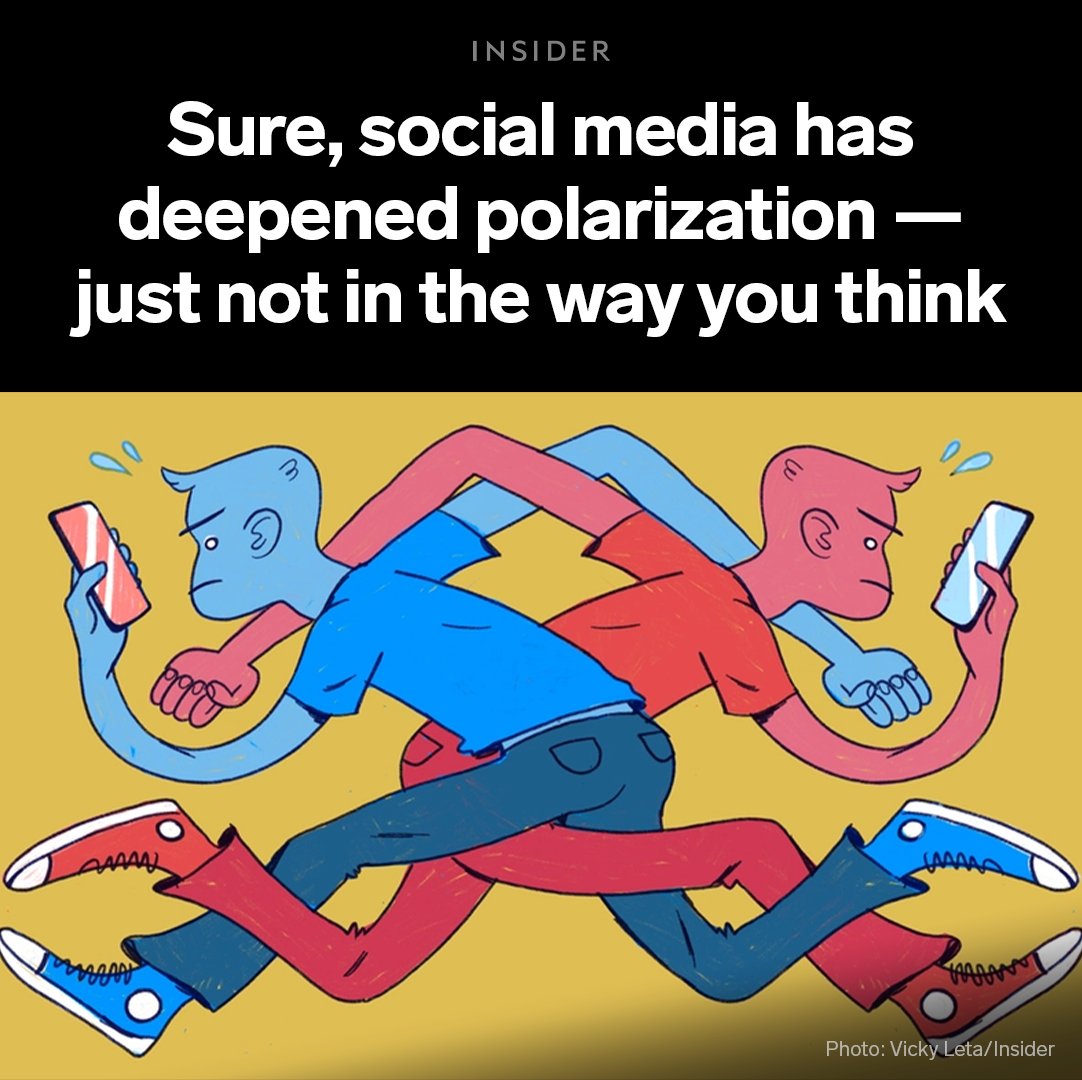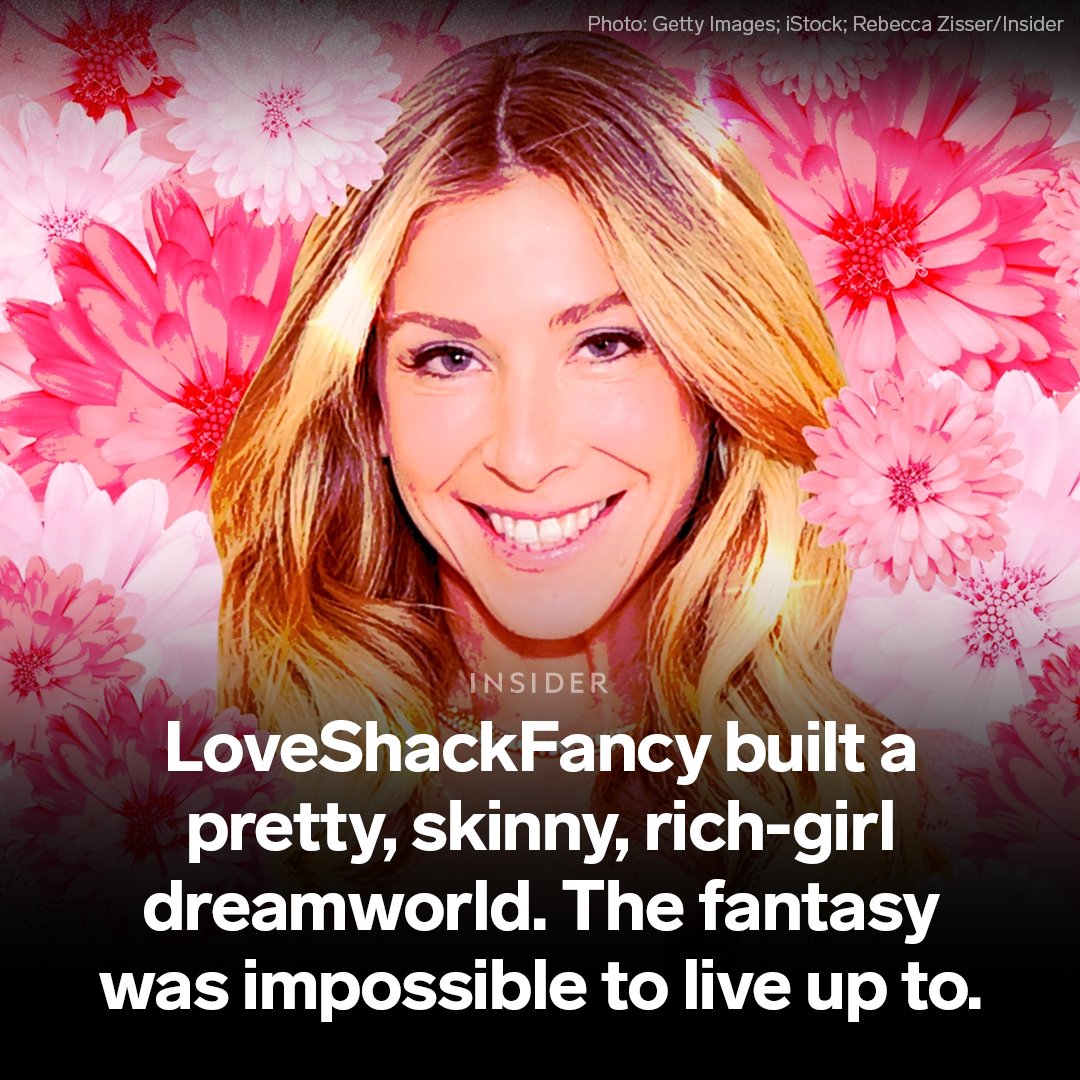Tan France (@tanfrance) understands how bright the spotlight can be. Starring in Netflix shows like @QueerEye has made him a cultural fixture.
These days he’s more settled in that identity — and he’s beginning to transcend it. 👇
Presented by @Skittles.
insider.com/tan-france-int…
These days he’s more settled in that identity — and he’s beginning to transcend it. 👇
Presented by @Skittles.
insider.com/tan-france-int…

France was vacationing when a talent manager called him about the audition for @netflix’s #QueerEye reboot. The fashion designer thought the odds of being cast were slim, but he wowed producers with his snappy attitude and sartorial sense.
insider.com/tan-france-int…
insider.com/tan-france-int…
The original “Queer Eye for the Straight Guy” was a trailblazer when it premiered on @BravoTV in 2003, helping to normalize the LGBTQ community in the eyes of America at a time when meaningful queer representation on TV was scarce.
insider.com/tan-france-int…
insider.com/tan-france-int…
The reboot, which debuted in 2018 at a more progressive, if more turbulent, time in the country, took off thanks to its joyful, compassionate tone and its willingness to address intersectional issues head-on.
For France, the show was a gift.
insider.com/tan-france-int…
For France, the show was a gift.
insider.com/tan-france-int…

France became particularly close with one of his cohosts, food expert @antoni, after the first week of filming “Queer Eye.”
Porowski describes their intimate relationship as playful, yet deeply significant.
insider.com/tan-france-int…
Porowski describes their intimate relationship as playful, yet deeply significant.
insider.com/tan-france-int…

France’s family expanded again with the addition of Ismail, who was carried by a surrogate — a process that he says was shockingly expensive and stressful.
But France is ready to do it all over again, though he’ll make a few adjustments next time.
insider.com/tan-france-int…
But France is ready to do it all over again, though he’ll make a few adjustments next time.
insider.com/tan-france-int…

The couple is currently building a new home, with a schoolroom, in Salt Lake City. They plan to host a community school with their friends’ children and homeschool Ismail, motivated by incidents like the recent mass shooting in Uvalde, Texas.
insider.com/tan-france-int…

insider.com/tan-france-int…


He is also concerned about the looming anti-trans and so-called “Don’t Say Gay” bills that threaten to further infringe upon the rights of LGBTQ people — and children — in over a dozen states.
insider.com/tan-france-int…

insider.com/tan-france-int…


But there are some aspects of the US that he prefers to the UK. For instance, he believes his home country is “massively behind” when it comes to representation of brown people.
insider.com/tan-france-int…
insider.com/tan-france-int…

France is most excited to expand further into unscripted series, though at this point, it’s unclear whether “Queer Eye” and @nextinfashion will come back for subsequent seasons.
insider.com/tan-france-int…
insider.com/tan-france-int…

Signs suggest Netflix is content to let the series continue: France and the rest of the Fab Five started filming the seventh season of “Queer Eye” this month.
Read more of our Pride cover story by @JPManga with photography by Martin Schoeller on Insider: insider.com/tan-france-int…
Read more of our Pride cover story by @JPManga with photography by Martin Schoeller on Insider: insider.com/tan-france-int…
• • •
Missing some Tweet in this thread? You can try to
force a refresh











